Discovering how to substitute sugar naturally opens the door to healthier cooking and baking options that delight the palate without compromising nutritional value. This approach not only reduces the intake of processed sugars but also introduces a variety of flavorful and beneficial alternatives that can elevate your culinary creations. Whether aiming for better health or exploring new flavors, understanding these natural sweeteners offers endless possibilities for delicious and wholesome treats.
In this guide, we explore the most popular natural sweeteners, their unique advantages, and practical tips for seamlessly incorporating them into your recipes. From measuring techniques to flavor enhancement, you’ll gain the insights needed to make smarter, tastier choices while maintaining perfect texture and taste in your dishes.
Overview of Natural Sugar Substitutes
Replacing refined sugar with natural alternatives in cooking and baking is a growing trend driven by health consciousness and a desire for more wholesome ingredients. Natural sugar substitutes come from plant-based sources and offer a variety of flavors and benefits, making them suitable for diverse culinary applications. Embracing these alternatives can enhance the nutritional profile of your dishes while satisfying sweet cravings in a healthier way.
Choosing natural substitutes over processed sugars not only reduces the intake of empty calories but also provides additional nutrients, antioxidants, and fiber. These benefits can contribute to better digestion, stabilized blood sugar levels, and overall improved health. Incorporating natural sweeteners into everyday recipes supports a balanced diet and aligns with a lifestyle focused on natural and minimally processed foods.
Comparison of Common Natural Sugar Substitutes
Understanding the key differences among natural sweeteners helps in selecting the most appropriate option for specific culinary needs. The following table compares some of the most popular natural sugar substitutes based on their typical uses, calorie content, and flavor profile.
| Natural Substitutes | Typical Uses | Calorie Content (per 100g) | Flavor Profile |
|---|---|---|---|
| Honey | Sweetening teas, baking, marinades, dressings | 304 kcal | Rich, floral, slightly fruity |
| Maple Syrup | Pancakes, yogurt, baking, drizzling over oatmeal | 260 kcal | Caramel-like, sweet with woody undertones |
| Agave Nectar | Baking, beverages, smoothies, salad dressings | 310 kcal | Light, mildly sweet, neutral |
| Dates (Pureed or Chopped) | Baking, energy balls, smoothies, sauces | 282 kcal | Sweet, caramel-like with fruity undertones |
Common Natural Sweeteners
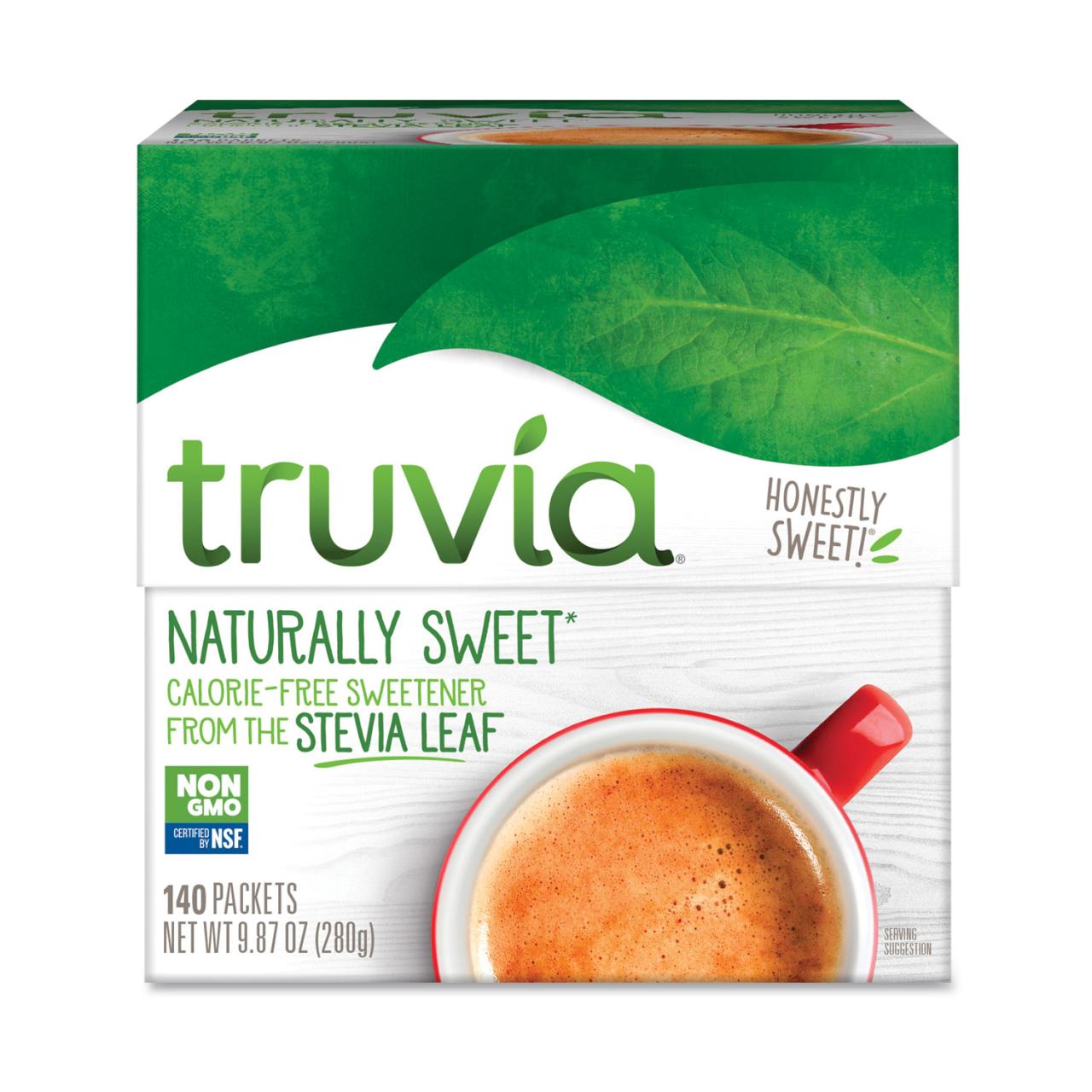
Natural sweeteners have gained popularity as healthier alternatives to refined sugar, offering unique flavors and nutritional benefits. These sweeteners are derived directly from plant sources or natural processes, making them appealing choices for those seeking to reduce processed sugar intake while maintaining a pleasing sweetness in their foods and beverages.
Understanding the characteristics, advantages, and disadvantages of popular natural sweeteners enables informed choices tailored to individual health needs and culinary uses. Below, we explore some of the most widely used natural sweeteners, highlighting their origins, sweetness levels, typical applications, and their respective pros and cons.
Honey
Honey, produced by bees from nectar, is one of the oldest natural sweeteners known to humanity. It offers a rich, floral flavor profile and a variety of types depending on the floral source and region. Honey is often used in teas, dressings, baking, and as a topping, appreciated for its complex flavors and potential health benefits due to antioxidants and antibacterial properties.
- Advantages: Natural antioxidant properties, antimicrobial effects, rich flavor, contains trace nutrients like vitamins and minerals.
- Disadvantages: High in calories and sugars, not suitable for infants under one year, and can cause allergic reactions in some individuals.
Maple Syrup
Produced from the sap of sugar maple trees, maple syrup is renowned for its distinctive rich, caramel-like taste. It is commonly used as a topping for pancakes, waffles, and in baking or cooking to impart depth of flavor. Maple syrup contains minerals such as manganese and zinc, contributing to its nutritional profile.
- Advantages: Natural source of minerals, unique flavor, minimally processed if pure.
- Disadvantages: High in sugars and calories, can be expensive, and may contain trace amounts of sulfites if commercially processed.
Agave Nectar
Agave nectar is derived from the sap of the agave plant, primarily grown in Mexico. It has a mild, neutral flavor, making it versatile in various recipes. Agave is sweeter than sugar, requiring less quantity for the same level of sweetness, and has a low glycemic index, which appeals to some looking to manage blood sugar levels.
- Advantages: Very sweet, low glycemic index, dissolves easily in cold liquids, vegan-friendly.
- Disadvantages: High fructose content, which may contribute to insulin resistance and fatty liver if consumed excessively, and can be highly processed.
Stevia
Stevia is a natural sweetener extracted from the leaves of the Stevia rebaudiana plant. It is significantly sweeter than sugar but contains virtually no calories. Stevia is popular in beverages, baked goods, and as a tabletop sweetener, appreciated for its zero-calorie profile and minimal impact on blood sugar levels.
- Advantages: Zero calories, does not raise blood sugar, natural origin, stable at high temperatures.
- Disadvantages: Slight bitter aftertaste in some formulations, variations in quality among brands, and limited culinary versatility compared to liquid or granular sugars.
Coconut Sugar
Coconut sugar is made from the sap of the flower buds of the coconut palm. It has a caramel-like flavor and a low glycemic index, making it a favored substitute for refined sugar in baking and cooking. Coconut sugar retains some nutrients like iron, zinc, and potassium, due to less processing.
- Advantages: Contains trace nutrients, lower glycemic index than regular sugar, sustainable sourcing.
- Disadvantages: Still high in sugars and calories, can be more expensive than regular sugar, and may not be suitable for those with coconut allergies.
Sweetener Comparison Table
| Sweetener | Origin | Sweetness Level | Best Uses |
|---|---|---|---|
| Honey | Bees (nectar from flowers) | Moderately sweeter than sugar | Tea, baking, dressings, toppings |
| Maple Syrup | Sugar maple trees | Similar to sugar, slightly less sweet | Pancakes, baked goods, sauces |
| Agave Nectar | Agave plant sap | Much sweeter than sugar | Cold beverages, baking, smoothies |
| Stevia | Stevia plant leaves | Significantly sweeter (200-300x) | Beverages, low-calorie desserts, baked goods (with formulations) |
| Coconut Sugar | Coconut palm sap | Similar to sugar | Baking, coffee, tea, cooking |
How to Incorporate Natural Sweeteners in Recipes
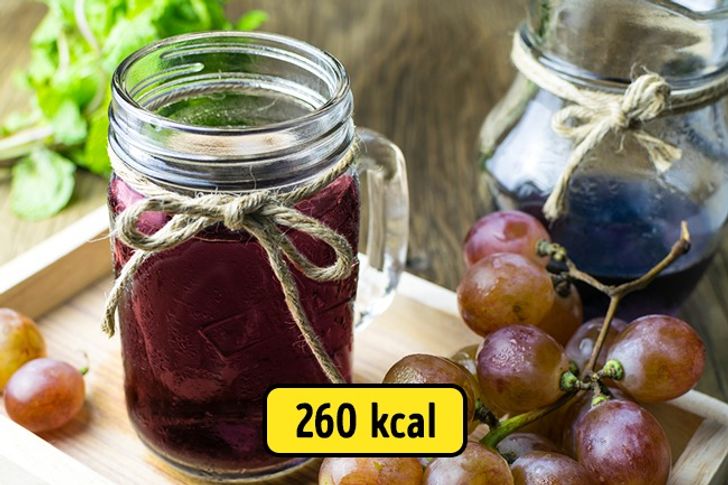
Integrating natural sweeteners into your cooking and baking can significantly enhance the nutritional profile of your dishes while maintaining enjoyable sweetness. Properly substituting refined sugar with natural alternatives requires understanding their unique properties and adjusting your recipes accordingly. This section provides detailed guidance on seamlessly incorporating these wholesome sweeteners into your culinary creations, ensuring optimal taste and texture.
Achieving successful substitution involves recognizing the differences between natural sweeteners and traditional sugar, such as moisture content, sweetness intensity, and impact on texture. By following specific steps and making thoughtful adjustments, you can craft delicious, healthier treats without compromising on flavor or consistency.
Step-by-Step Procedures for Substituting Sugar with Natural Options in Baking
Replacing refined sugar with natural sweeteners involves a systematic approach to ensure that the final product retains its desired qualities. Follow these detailed steps to achieve balanced, flavorful baked goods:
- Identify the Suitable Natural Sweetener: Choose an appropriate natural substitute such as honey, maple syrup, agave nectar, coconut sugar, or date paste, considering the recipe’s flavor profile and texture requirements.
- Adjust the Measurement: Since natural sweeteners vary in sweetness compared to refined sugar, determine their equivalent amount. For example, honey and maple syrup are typically sweeter than sugar, so use about ¾ of the amount called for in sugar.
- Modify the Liquid Content: Many liquid sweeteners add moisture; reduce other liquids in the recipe proportionally to prevent the batter from becoming too wet. For every 1 cup of liquid sweetener, decrease other liquids by approximately ¼ cup.
- Alter the Baking Temperature and Time: Some natural sweeteners, especially honey and molasses, can cause baked goods to brown faster. Lower the oven temperature by about 25°F (15°C) and monitor baking times closely.
- Incorporate the Sweetener Properly: Mix the natural sweetener thoroughly with other wet ingredients to ensure even distribution before combining with dry ingredients.
- Test and Refine: Conduct small batch tests to determine the optimal adjustments for your specific recipe, especially when experimenting with new sweeteners or ratios.
Methods for Adjusting Recipes When Replacing Refined Sugar with Natural Sweeteners
Using natural sweeteners often necessitates modifications beyond simple substitution to maintain the integrity of your baked goods. Here are effective methods to fine-tune recipes:
- Reduce Additional Sweeteners: When replacing sugar with sweeteners like honey or maple syrup, minimize or omit other sugars in the recipe to prevent excessive sweetness.
- Balance Moisture Content: As many natural options introduce additional moisture, decrease liquids like milk or water accordingly to keep the batter’s consistency balanced.
- Adjust Leavening Agents: Some sweeteners influence leavening; for example, honey can react with baking soda, producing a leavening effect. Adjust amounts of baking powder or baking soda if necessary.
- Modify Cooking Time and Temperature: Expect shorter baking times or lower temperatures when using darker or more moisture-rich sweeteners to avoid burning or over-browning.
- Consider Flavor Compatibility: Natural sweeteners impart distinctive flavors—such as caramel from honey or molasses—that can influence overall taste. Incorporate complementary spices or ingredients to balance flavors.
Tips for Balancing Sweetness and Texture When Using Natural Sweeteners
Maintaining the perfect sweetness and desirable texture is crucial when substituting traditional sugar with natural alternatives. Here are practical tips to achieve harmony in your baked goods:
- Start with Small Adjustments: Begin by replacing a portion of sugar to gauge how the natural sweetener affects taste and texture before making full substitutions.
- Use a Sweetness Scale: Recognize that some sweeteners are more concentrated; use a conversion chart or scale to accurately measure quantities.
- Complement with Spices: Enhance natural sweetness with spices like cinnamon, vanilla, or nutmeg to achieve a richer flavor profile without increasing sugar content.
- Monitor Moisture Levels: Since many sweeteners add moisture, adjust the dry ingredients to prevent sogginess or dense textures.
- Balance Texture with Binding Agents: Natural sweeteners like honey can make baked goods denser; incorporate eggs, yogurt, or applesauce to improve structure and moisture retention.
- Evaluate Sweetness Progressively: Taste batter or dough when possible to prevent over-sweetening, especially when working with potent sweeteners like date paste or molasses.
Dos and Don’ts of Using Natural Sugar Alternatives
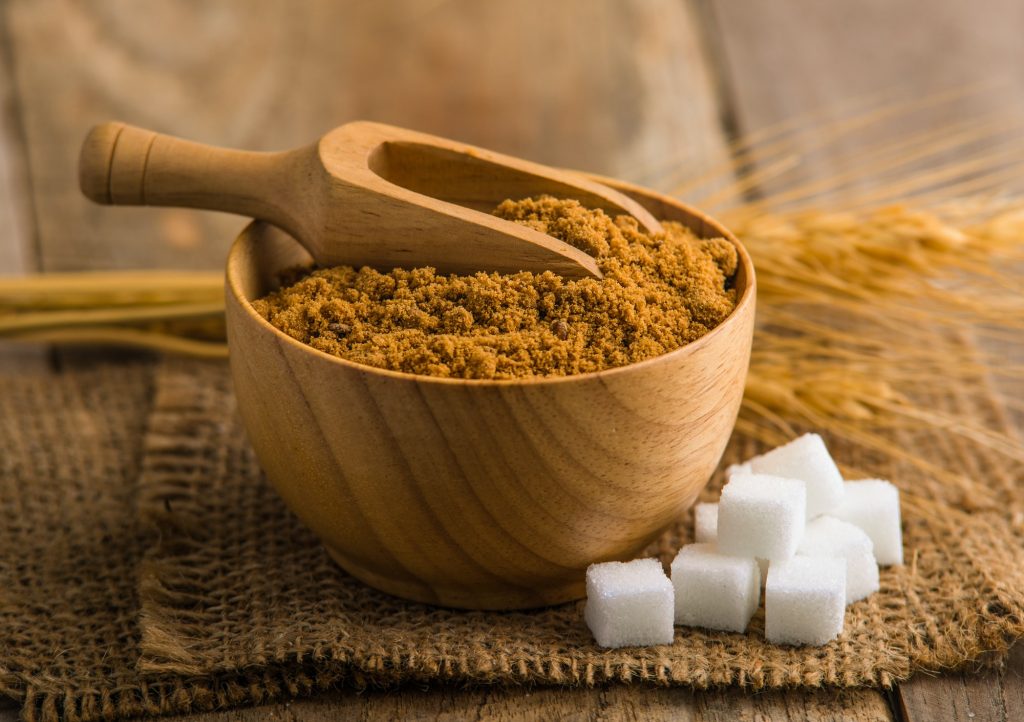
When integrating natural sugar substitutes into your recipes, understanding the best practices and common pitfalls is essential for achieving the desired flavor, texture, and health benefits. While natural sweeteners offer a nutritious alternative to refined sugar, improper usage can lead to undesirable results, such as imbalanced flavors or altered consistency. Being aware of these guidelines helps maintain the integrity of your culinary creations and ensures a satisfying outcome every time.
Balancing flavor, sweetness, and recipe stability requires a thoughtful approach. This section Artikels the key dos and don’ts to keep in mind when substituting natural sugars, along with a helpful checklist to guide your process. Following these principles will help you harness the benefits of natural sweeteners without compromising your dish.
Common Mistakes to Avoid When Substituting Sugar Naturally
Many individuals new to natural sweeteners encounter pitfalls that can affect both the taste and texture of their recipes. A common mistake is replacing sugar in a one-to-one ratio without adjusting other ingredients or cooking times, leading to overly sweet or bland outcomes. Additionally, relying solely on liquid sweeteners like honey or agave syrup without modifying the liquid content in baked goods can result in dense or sticky textures.
Another frequent error is ignoring the unique flavor profiles of different natural sweeteners. For instance, maple syrup imparts a distinct maple flavor, which may not suit all recipes, while coconut sugar offers a caramel-like taste that could alter the intended flavor. Overusing certain substitutes can also introduce overpowering flavors or cause a recipe to burn or caramelize prematurely, especially in high-heat cooking.
Guidelines for Maintaining Flavor and Consistency in Recipes
To ensure your dishes retain their intended flavor and texture, it is important to follow specific guidelines when using natural sugar alternatives. Always start with recommended substitution ratios, which may differ based on the type of sweetener. For example, honey is sweeter than sugar, so a smaller amount is typically sufficient. Adjusting liquids in the recipe is crucial; when using liquid sweeteners like maple syrup or honey, reduce other liquids accordingly to prevent overly moist or dense baked goods.
Temperature considerations are also vital, as some natural sweeteners can caramelize or burn faster than refined sugar. Monitoring cooking times and temperatures can prevent undesirable results. Additionally, incorporating flavor-balancing ingredients such as spices, vanilla, or citrus can enhance the natural sweetness and mask any unwanted aftertastes from certain substitutes. Lastly, testing small batches allows you to fine-tune the ratio and achieve optimal results before scaling up your recipe.
Checklist: Dos and Don’ts for Using Natural Sugar Alternatives
| Do | Don’t | Reason | Tips |
|---|---|---|---|
| Use appropriate substitution ratios based on the sweetener’s sweetness level. | Replace sugar directly on a 1:1 basis without adjustments. | Different sweeteners have varying sweetness intensities; overuse can overpower flavors or affect texture. | Consult specific conversion charts for each sweetener; start with less and adjust as needed. |
| Adjust liquids in your recipe when using liquid sweeteners like honey or maple syrup. | Ignore liquid content changes and keep the recipe unchanged. | Liquid sweeteners add moisture, which can alter batter or dough consistency, leading to dense or sticky results. | Reduce other liquids by about 1/4 cup for each cup of liquid sweetener used. |
| Monitor cooking temperatures and times carefully, especially with caramelizing sweeteners. | Ignore the different caramelization points of natural sweeteners. | Some sweeteners burn or caramelize faster, risking bitterness or burnt flavors in your dish. | Use lower temperatures or shorter cooking times if necessary; keep a close watch during baking or simmering. |
| Complement natural sweeteners with flavors like vanilla, cinnamon, or citrus to enhance sweetness. | Overwhelm the dish with strong flavors or use excessive amounts of sweeteners. | Proper flavor balancing prevents masking the natural taste and prevents overpowering the dish. | Add small amounts of flavorings gradually and taste test to achieve harmony. |
Flavor Enhancements with Natural Sweeteners
Utilizing natural sweeteners in culinary creations not only provides healthier alternatives to refined sugar but also offers unique opportunities to enhance and elevate flavor profiles. Proper techniques can transform simple substitutions into rich, well-balanced tastes that delight the palate and enrich the overall sensory experience.
Enhancing flavor when using natural sweeteners involves strategic pairing with spices, extracts, and other ingredients to mask undesirable aftertastes or amplify desirable notes. This approach helps create more complex and appealing dishes, beverages, and desserts, making natural sweeteners an integral part of gourmet and everyday cooking alike.
Techniques to Enhance Flavor Profiles with Natural Sweeteners
Optimizing flavor involves understanding the unique characteristics of each sweetener and leveraging complementary ingredients. Several techniques can be employed to achieve harmonious results:
- Pairing with Spices and Extracts: Combining natural sweeteners with spices such as cinnamon, vanilla, cardamom, or nutmeg can mask bitter or overly robust flavors. For instance, adding vanilla extract to honey or maple syrup enhances sweetness while imparting a warm, inviting aroma.
- Using Acidic Elements: Incorporating small amounts of citrus juice or vinegar can balance the sweetness, especially in beverages and baked goods. The acidity brightens flavors and reduces any perceived heaviness of certain sweeteners like coconut sugar or molasses.
- Employing Aromatic Herbs: Fresh herbs like mint or basil can complement natural sweeteners, infusing dishes with fresh, vibrant notes. For example, blending honey with mint creates a refreshing profile ideal for teas or light desserts.
Combining Natural Sweeteners with Spices or Extracts for Better Taste
Strategic combination of natural sweeteners with specific spices or extracts can elevate the flavor complexity of dishes. For example, a touch of cinnamon combined with maple syrup enhances the richness of oatmeal or pancakes, while a splash of almond extract paired with agave syrup can add depth to baked goods.
Introducing extracts such as vanilla, almond, or citrus zest during the preparation process amplifies sweetness perception without increasing sugar content. This is particularly effective in recipes where natural sweeteners may have a more muted flavor, like coconut sugar or date syrup.
Methods for Masking or Balancing Strong Flavors of Certain Sweeteners
Some natural sweeteners, such as molasses or stevia, possess distinctive, sometimes overpowering flavors that may not suit all recipes. Employing specific techniques can help mask or balance these strong profiles:
- Dilution and Blending: Combining a potent sweetener with milder ones, like blending stevia with honey or coconut sugar, can mellow intense flavors and create a more pleasant taste profile.
- Adding Complementary Flavors: Using ingredients like cocoa, coffee, or roasted spices can help mask bitterness or strong aftertastes associated with certain sweeteners. For instance, adding cacao powder to a stevia-sweetened chocolate dessert negates any lingering bitterness.
- Adjusting Quantities Carefully: Incrementally reducing the amount of a strong-flavored sweetener and replacing it with milder options allows for better control over flavor balance, preventing overpowering notes.
Effective flavor enhancement with natural sweeteners hinges on thoughtful pairing and balancing of ingredients, ensuring a harmonious and satisfying taste experience.
Measuring and Adjusting Quantities
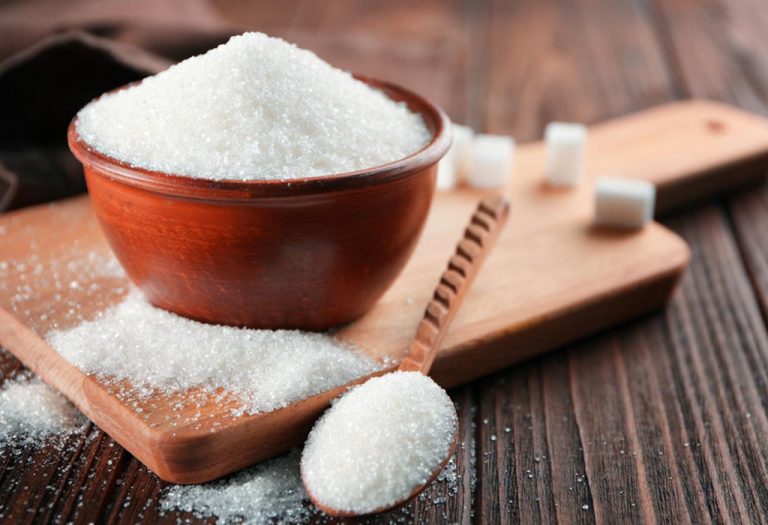
Accurate measurement of natural sweeteners is essential to achieve the desired level of sweetness in your recipes while maintaining nutritional balance. Properly measuring and adjusting the amounts of natural sugar substitutes ensures your dishes are flavorful, not overly sweet or under-sweetened, and helps you maintain control over calorie and carbohydrate intake. This section explores effective methods for measuring natural sweeteners and provides guidance on making precise adjustments to optimize taste and texture.Measuring natural sweeteners can vary depending on the type of substitute used, as their sweetness levels and densities differ from conventional sugar.
Precise measurement techniques help prevent over-sweetening and allow for consistent results across different recipes. Adjustments may be necessary based on personal taste preferences, the specific recipe, or the natural sweetener’s concentration, ensuring a balanced and satisfying outcome.
Accurate Measurement Techniques for Natural Sweeteners
When incorporating natural sweeteners into recipes, it is vital to use appropriate measurement tools and techniques. Here are key methods to ensure accuracy:
- Use standard measuring cups and spoons designed for dry and liquid ingredients to avoid discrepancies caused by different densities.
- For powders like stevia or monk fruit, level off the measurements with a straight edge to ensure consistency.
- For sticky or viscous sweeteners such as honey or agave syrup, use liquid measuring cups placed on a flat surface, and measure at eye level for precision.
- When substituting granulated natural sweeteners like maple sugar or coconut sugar, measure by volume or weight, depending on the recipe’s requirements.
In recipes where precision is critical, weighing ingredients with a kitchen scale provides the most accuracy, especially for small quantities or highly concentrated sweeteners. Always record the measurements used to replicate successful results later.
Adjusting Quantities for Desired Sweetness
Properly adjusting the amount of natural sweetener is crucial to prevent over-sweetening or under-sweetening your dishes. Start with a conservative estimate and then fine-tune based on taste testing. Keep in mind that some natural sweeteners are sweeter than sugar, so small adjustments can make a significant difference.
- Begin with the recommended amount in recipes, then taste and adjust gradually. For example, if a recipe calls for 1 cup of sugar, try starting with ¾ cup of a natural sweetener like honey or maple syrup.
- When substituting powdered sweeteners like stevia, use the conversion table provided below to adjust quantities, as they are typically much sweeter than sugar.
- Adjust the liquids accordingly if the sweetener adds moisture, such as honey or agave, to maintain the correct batter or dough consistency.
- Remember that some natural sweeteners have a more pronounced flavor, so reducing their quantity slightly can prevent overwhelming the dish while still achieving the desired sweetness.
Tip: When experimenting with natural sweeteners, keep detailed notes of the amounts used and the resulting taste to refine your approach over time.
Conversion Table for Natural Sweeteners
Below is a simplified table illustrating common natural sweeteners, their approximate volume-to-sugar conversions, recommended starting amounts, and key notes for adjustment:
| Sweetener | Quantity Conversion | Recommended Amount | Notes |
|---|---|---|---|
| Honey | 1 cup sugar = ¾ cup honey | ¾ cup honey for 1 cup sugar | Reduce liquids by ¼ cup; add ½ teaspoon baking soda if baking |
| Maple Syrup | 1 cup sugar = ¾ cup maple syrup | ¾ cup maple syrup for 1 cup sugar | Reduce liquids by ¼ cup; adjust baking time if necessary |
| Stevia (powder) | 1 teaspoon sugar = ¼ teaspoon stevia powder | ¼ teaspoon stevia powder for 1 teaspoon sugar | Sweetness varies by brand; start with small amounts and taste |
| Agave Nectar | 1 cup sugar = ⅔ cup agave nectar | ⅔ cup agave nectar for 1 cup sugar | Reduce liquids by ¼ cup; monitor baking progress |
Adjustments should always be made gradually, tasting as you go to reach the perfect balance. Remember, natural sweeteners may also influence the texture and moisture of baked goods, so consider these factors when fine-tuning your recipes.
Nutritional and Health Considerations
Understanding the nutritional profile and health impacts of natural sweeteners is essential for making informed dietary choices. While they are often viewed as healthier alternatives to refined sugar, each natural sweetener carries unique properties that can influence health and nutrition differently. This section explores the nutritional content of various natural sweeteners and their respective effects on health, providing guidance for individuals with specific dietary needs.Natural sweeteners are primarily composed of carbohydrate molecules, chiefly sugars such as glucose, fructose, or sucrose, along with trace minerals, antioxidants, and fiber, depending on the source.
For example, honey contains small amounts of vitamins, minerals, and antioxidants, whereas maple syrup provides minerals like manganese and zinc. Coconut sugar retains some trace nutrients from the coconut palm, including iron and potassium, but these are present in relatively small quantities.While replacing refined sugar with natural alternatives can offer benefits such as additional nutrients and lower glycemic impact, it is important to recognize that many natural sweeteners still contribute calories and sugars to the diet.
Excessive consumption, regardless of the source, can lead to weight gain, insulin resistance, or other metabolic issues. Choosing unprocessed or minimally processed options maximizes nutritional benefits and minimizes added preservatives or artificial ingredients.
Health Impacts of Natural Sweeteners versus Refined Sugar
Natural sweeteners often contain bioactive compounds that provide antioxidant and anti-inflammatory properties, which may support overall health. For example:
- Honey has antimicrobial properties and may soothe sore throats.
- Maple syrup contains polyphenols with antioxidant effects.
- Coconut sugar has a lower glycemic index compared to refined sugar, which can help stabilize blood sugar levels.
Considerations for Specific Dietary Needs
Certain individuals need to be particularly cautious when incorporating natural sweeteners into their diets. Here are key considerations:
- Diabetics: Many natural sweeteners still impact blood glucose levels. Maple syrup and coconut sugar generally have a lower glycemic index, but portion control remains critical.
- Individuals with allergies: Honey can cause allergic reactions in sensitive individuals or those allergic to pollen.
- People with gastrointestinal issues: Some sweeteners like honey and agave contain fructose, which might cause digestive discomfort in sensitive individuals.
- Vegan or plant-based diets: Honey is not considered vegan; alternatives like agave nectar or coconut sugar are suitable substitutes.
- Calorie-conscious consumers: Natural sweeteners still contain calories; mindful portioning is necessary to prevent unintended weight gain.
Creative Uses and Recipes Featuring Natural Substitutes
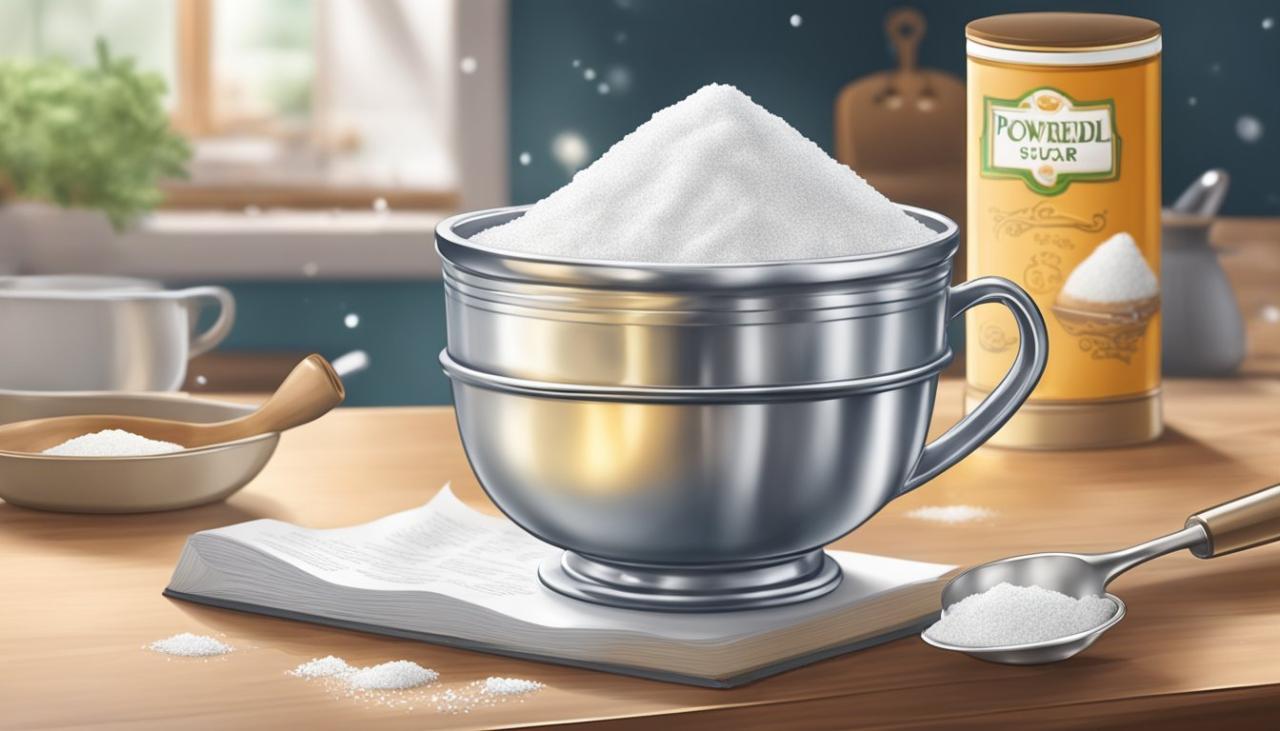
Integrating natural sugar substitutes into daily cooking and baking opens a world of innovative culinary possibilities. These alternatives not only provide healthier options but also enhance flavor profiles and presentation, making your dishes more appealing and nutritious. From beverages to desserts and snacks, natural substitutes can be creatively incorporated to develop unique recipes that cater to various dietary preferences and health goals.
Exploring creative recipes and usage methods allows for a broader appreciation of natural sweeteners beyond traditional uses. By experimenting with different types of substitutes such as honey, maple syrup, agave nectar, or stevia, cooks and bakers can craft delightful menus that satisfy sweet cravings while maintaining nutritional integrity. Below are various inspiring ideas and techniques to incorporate these substitutes into your culinary repertoire.
Innovative Recipes Using Natural Sugar Substitutes
Understanding how to effectively utilize natural sweeteners in diverse recipes enhances both flavor complexity and healthfulness. These substitutes can be fully or partially used, depending on the desired sweetness level and recipe requirements. They also lend themselves to creative presentation and flavor pairings that elevate ordinary dishes into extraordinary culinary experiences.
Here are some inspiring ideas organized by meal categories, showcasing how natural sugar substitutes can be incorporated into everyday cooking and special treats:
- Breakfast and Beverages
- Honey-sweetened Greek yogurt parfaits layered with fresh fruits, nuts, and a drizzle of pure honey or maple syrup for added richness.
- Herbal iced teas infused with stevia or agave nectar, offering a naturally sweet and refreshing start to the day.
- Banana oatmeal smoothies blended with a touch of date syrup or honey to enhance sweetness without refined sugar.
- Desserts
- Maple syrup-glazed baked apples topped with chopped nuts and a sprinkle of cinnamon, providing a warm, naturally sweet treat.
- Vegan chocolate avocado mousse sweetened with agave nectar, creating a creamy dessert with a subtle caramel undertone.
- Homemade granola bars made with honey, oats, dried fruits, and seeds, offering a nutritious snack with natural sweetness.
- Snacks and Light Bites
- Energy balls crafted with dates, nuts, cocoa powder, and a touch of honey, perfect for a quick, nutritious snack.
- Fruit and nut trail mix lightly coated with maple syrup and baked for a crunchy, sweet-savory combination.
- Granola clusters sweetened with coconut nectar, ideal for topping yogurt or enjoying on their own.
For each recipe, consider the natural sweetener’s flavor profile and adjust quantities accordingly. For example, honey and maple syrup can add depth and richness, while stevia provides a more neutral sweetness with less volume. Experimenting with these ingredients can lead to personalized recipes that optimize taste and health benefits.
Incorporating natural sugar substitutes into recipes not only reduces refined sugar intake but also allows for creative culinary expression. The key lies in balancing sweetness and flavor to develop dishes that are both delicious and nourishing.
Final Conclusion
Embracing natural sugar substitutes not only supports a healthier lifestyle but also enriches your cooking with diverse flavors and nutritional benefits. By applying the right techniques and understanding each sweetener’s properties, you can create delightful recipes that satisfy your sweet cravings responsibly. Start experimenting today and enjoy the journey toward more natural and satisfying culinary experiences.